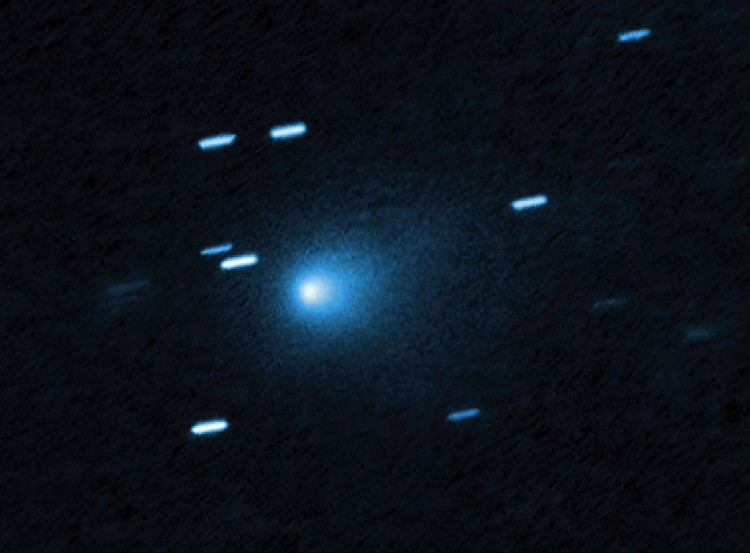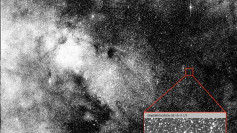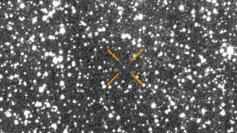Astronomers across Europe and the United States are re-evaluating the behaviour of 3I/ATLAS after new high-resolution images showed the interstellar visitor erupting with a longer and brighter tail-weeks after the object appeared to lose its tail entirely. The transformation, captured on 10 November 2025 by the Virtual Telescope Project in Italy, has reignited scientific debate over the composition and thermal activity of the Solar System's third confirmed interstellar comet.
The images, compiled from 18 long-exposure frames, reveal a sharply defined ion tail stretching nearly 0.7 degrees across the sky despite difficult viewing conditions, including the comet's position just 14 degrees above the horizon and the interference of a 61% illuminated Moon. The re-emergence of such a large structure has surprised researchers who believed the comet's earlier quiescence suggested either fragmentation or unusual material properties.
Dr. Gianluca Masi, who leads the Virtual Telescope Project, said, "We imaged the interstellar comet again, recording a much more developed ion tail. Each observation shows it better and better." The images also display a bright coma, visible jets emerging from the nucleus, and a faint anti-tail pointing toward the Sun-likely a result of perspective rather than physical reversal of dust flow.
Earlier this year, 3I/ATLAS had baffled observers when the expected tail failed to appear near perihelion. Harvard astrophysicist Avi Loeb noted that "nearly 13 per cent of the comet's mass should appear as a tail," but no such formation was initially visible. The new activity contradicts those early observations and indicates that sublimation intensified only after a delay, suggesting a heterogeneous mix of volatiles or structural shielding within the nucleus.
Independent observers have provided additional confirmation. Amateur astronomers Michael Buechner and Frank Niebling produced stacked images on 9 November showing extended dust structures, sunward jets and the re-established anti-tail. Their images, shared via astronomy forums and citizen-science platforms, have become key reference points for professionals studying the comet's unexpected resurgence.
The scientific significance of the revived activity extends beyond spectacle. Interstellar objects remain rare; only 1I/'Oumuamua and 2I/Borisov have been confirmed before. Mark Norris of the University of Central Lancashire said, "If confirmed, it will be the third known interstellar object, providing more evidence that such interstellar wanderers are relatively common in our galaxy." He emphasized that 3I/ATLAS offers a unique chance to analyze the chemistry and mechanical behaviour of material formed around another star.
3I/ATLAS is now moving along its projected course toward Jupiter, where multiple missions-including NASA's Juno and ESA's JUICE spacecraft-are preparing for extended monitoring ahead of the comet's expected departure from the Solar System in March 2026. The multi-month observation window is unusually generous for an interstellar visitor, giving researchers a rare opportunity to study its rotation, volatile release and structural stability.
As the new datasets circulate through research institutions, Dr. Masi urged continued, measured analysis. "The comet behaves like a living laboratory," he said. "Each new image allows us to study the processes of interstellar bodies in real time, but we must remain cautious and evidence-based in our conclusions."



